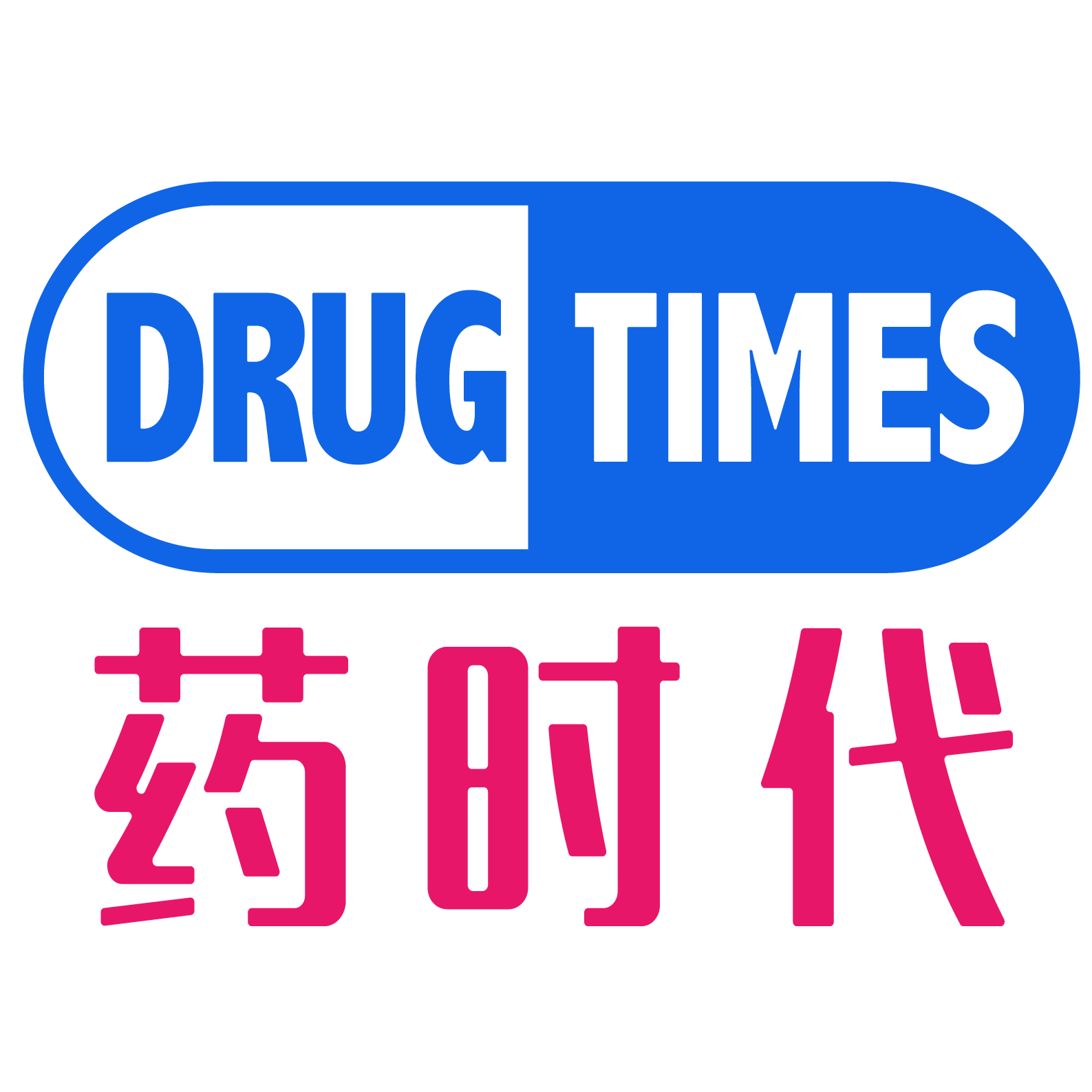In the late 1980s, a group of scientists were attempting to use gene knockout technology to remove the insulin-like growth factor-1 receptor (IGF-1R) in mouse embryonic fibroblasts. This seemingly routine operation unexpectedly opened up a series of unknown challenges in the field of cancer research.
They were astonished to find that these fibroblasts, due to the absence of IGF-1R, simultaneously lost their ability to become cancerous. However, when IGF-1R was reintroduced into the cells, they regained their cancerous potential. This discovery initially validated the potential of IGF-1R in cancer treatment, prompting global pharmaceutical companies to take action. A drug discovery and development race centered on the IGF-1R target began at the turn of the century.
In 2005, the Danish pharmaceutical company Genmab developed an IGF-1R antibody drug called teprotumumab, which was acquired by Roche for further development. However, the final results did not meet Roche’s expectations, and teprotumumab failed in the development of non-small cell lung cancer (NSCLC) and sarcoma indications.
In 2009, Roche abandoned the development of the drug for oncology indications, and teprotumumab was quietly put on shelf. In the same year, Pfizer announced that its IGF-1R inhibitor, figitumumab, did not meet expectations in two Phase III trials, further undermining confidence in IGF-1R as an oncological treatment target.
According to statistics, between 2003 and 2021, more than 12,000 patients participated in clinical trials of IGF-1R inhibitors for oncological indications. However, none of the trials demonstrated efficacy sufficient for approval, with cumulative losses ranging from $1.6 billion to $2.3 billion.
IGF-1R is not an ineffective target; it is just that the approach was incorrect. In 2003, Terry Smith, a researcher at the University of Michigan, discovered that the expression level of IGF-1R in orbital fibroblasts of thyroid eye disease (TED) patients was elevated. Five years later, the team further found that IGF-1R and the thyroid-stimulating hormone receptor (TSHR) were expressed in the same location, forming a functional complex.
This discovery allowed teprotumumab to be unsealed and re-enter clinical trials. In 2012, Roche spun off its business unit, and River Vision obtained the development rights for teprotumumab for ophthalmic treatment, receiving funding from Horizon Therapeutics for its development in the same year. In 2017, River Vision was acquired by Horizon.
The twists of fate are always full of drama. After teprotumumab entered the field of thyroid eye disease treatment, everything went smoothly. In 2015, the drug received Fast Track designation from the U.S. Food and Drug Administration (FDA), and in January 2020, it was approved by the FDA for the treatment of thyroid eye disease patients.
Thyroid eye disease is a specific autoimmune disease closely related to thyroid disorders. Common symptoms include exophthalmos (protruding eyeballs) and eyelid retraction. In severe cases, patients may experience diplopia (double vision), significant vision loss, or even blindness.
The annual incidence rate of the disease in the United States is 16 per 100,000 in women and 2.9 per 100,000 in men. It is estimated that the number of moderate-to-severe patients is far less than 200,000 (in the United States, diseases with fewer than 200,000 patients are defined as rare diseases). Although the pathogenesis of thyroid eye disease is still unclear, with the approval of teprotumumab and its recommendation in multiple domestic and international guidelines and consensuses, IGF-1R inhibitors have once again become a hot spot for research and development, but this time not for oncology.
Physicians feel helpless
“I always carry a pair of sunglasses in my pocket. When I go out on a sunny day without them, my eyes start tearing up immediately, which is very uncomfortable. I used to think that the most beautiful part of my body is the eyes, but now I think my eyes are the ugliest.” This is the self-narration of a patient from Jiangxi Province of China.

She used to be a senior-level announcer, but now she has to stay away from social activities due to appearance anxiety caused by TED. She has tried to save herself by seeking medical help in several top-tier hospitals, but the side effects of hormone therapy have only made her condition worse: not only has the problem of protruding eyeballs not been improved, but she has also experienced severe hair loss and insomnia.
Appearance anxiety is not the only issue. The quality of life of TED patients often plummets, especially for those with exophthalmos exceeding 22 millimeters. They face a high risk of disability due to corneal ulcers or optic nerve compression. In China, the prevalence of TED is between 0.1% and 0.3%, with an estimated three million people affected by the disease. However, despite the large patient population and urgent medical needs, treatment options have not made significant progress over the years.
According to the *Chinese Guidelines for the Diagnosis and Treatment of Thyroid-Associated Ophthalmopathy (2022)*, intravenous pulse corticosteroid therapy remains the first-line treatment for moderate-to-severe active TED. Although this method is cost-effective and can alleviate inflammation to some extent, its efficacy in treating exophthalmos and diplopia is very limited, with a high short-term relapse rate and serious side effects such as liver function impairment, elevated blood sugar level, obesity, and osteoporosis.
Biologics, as second-line treatment options, include teprotumumab, rituximab (a CD20 antibody), and tocilizumab (an IL-6 receptor antibody). Each of these drugs has its limitations: both rituximab and tocilizumab are used off-label, and their efficacy in treating exophthalmos and diplopia is unclear. Although teprotumumab performs best in terms of efficacy and safety, it is not available in China, except for its introduction at the Hainan Bo’ao Lecheng Rare Disease Clinical Medical Center. Moreover, the annual treatment cost is as high as about three million yuan, which is beyond the reach of most patients.
Surgical treatment can effectively improve symptoms such as exophthalmos and diplopia, but it is mainly applicable during the quiescent phase of the disease. In China, there is a severe shortage of doctors who can perform this type of surgery, and patients often have to wait for a long time. In March of this year, at the first “Belt and Road” Ophthalmology Forum and Maritime Ophthalmology Physicians Forum, Fan Xianqun, an academician of the Chinese Academy of Engineering and dean of the School of Medicine at Shanghai Jiao Tong University, said, “If better treatment results can be achieved without surgery, any doctor would welcome it.”
In 2005, when Qian Lei was pursuing his Ph.D. at Ruijin Hospital in Shanghai, he witnessed a scene that he would never forget for the rest of his life. “It was a patient in her thirties, whose eyes were swollen like ping-pong balls, with severe conjunctival necrosis.” The suffering of TED patients that Qian Lei saw more than twenty years ago is still unforgettable to him.

At that time, his mentor, Professor Luo Min, was already one of the most authoritative figures in China’s endocrinology field. As a top domestic expert in thyroid diseases, Professor Luo Min was still at a loss when it came to thyroid eye disease. Many patients had no choice but to leave disappointed and continue to endure the great pain caused by the disease.
“There has never been an effective drug for thyroid eye disease in China. We are still using hormones that were launched in the 1960s and 1970s today. Many patients are in great pain. You must pay attention to the development of new drugs in this area when you have the chance in the future.” Professor Luo Min’s admonition was deeply engraved in Qian Lei’s heart.
Opportunity for change
After graduation, Qian Lei joined the First People’s Hospital affiliated with Shanghai Jiao Tong University. Over the course of three years, he transitioned to the industrial sector with a deep contemplation on medical transformation, working for six years at the multinational pharmaceutical company Eli Lilly. In 2018, when he chose to join Innovent Biologics, he might not have anticipated that he was about to embark on a journey that would rewrite the history of thyroid eye disease treatment in China.
At that time, China’s innovative drug field was still in the midst of fierce competition in the oncology track. However, Dr. Michael Yu, the founder of Innovent Biologics, had a different perspective. He believed that the company’s development should adhere to a two way strategy, actively exploring disease treatment areas beyond oncology. Dr. Yu is the inventor of the famous innovative drug, Conbercept, which not only filled the market gap for domestic drugs treating age-related macular degeneration but also broke the monopoly of high-priced imported drugs in China’s ophthalmology market.
After joining Innovent Biologics, Qian Lei was entrusted with the important task of identifying new research and development directions. Given the huge market potential in the fields of endocrine obesity and diabetes, and combining Dr. Yu’s rich experience in ophthalmic drug development, thyroid eye disease, which lies at the intersection of endocrinology and ophthalmology, became an ideal choice. In fact, this disease area had long been neglected. If it were not for Dr. Yu’s passion for the ophthalmology field and Qian Lei’s past experience, few would have cast their eyes on this interdisciplinary research.
In August 2020, thanks to the efforts of Qian Lei and his team, a new project targeting IGF-1R—Titozumab N01—was officially launched. “Putting an elephant into the refrigerator takes three steps,” Qian Lei vividly described the development process of Titozumab N01 with this analogy. In his view, finding the right direction is more important than working hard blindly. Therefore, the first step is to dare to open the refrigerator door that can accommodate an elephant, and taking this step may be more difficult than putting the elephant into the refrigerator.
Although Titozumab has been approved in the United States and is used by many patients, the exact pathogenic mechanism of how IGF-1R causes thyroid eye disease is still not very clear, and relevant literature is particularly scarce.
Dr. Li Yiming, the chief scientist of ophthalmology at Innovent Biologics and the person in charge of the preclinical research of the project, urgently needed to understand the key mechanism by which the IGF-1R target causes the occurrence and development of thyroid eye disease after taking over. With a lack of ready-made materials, Dr. Li’s team, after obtaining orbital tissue from patients, launched experiments on multiple fronts. Fortunately, they did not take too many detours and successfully identified the pathogenic mechanism within just one month. Based on this, they completed several rounds of experiments for clinical application and entered the clinical application stage in the third month.
Preclinical research is only the first step in a long journey. Since thyroid eye disease has long been neglected, there is also very limited experience to draw upon during the project’s advancement. As the first domestic team to venture into this area, they not only had to establish clinical standards but also had to explore methods for clinical design. For example, in terms of patient recruitment, the project team also went through multiple discussions and studies, and finally adopted the “ophthalmology + endocrinology” joint diagnosis and treatment strategy led by Academician Fan Xianqun, ensuring that each patient could receive a comprehensive and precise treatment plan.
In the establishment of clinical standards, even basic issues such as how to correctly use an exophthalmometer needed to be considered by the project team. “At that time, when we looked for exophthalmometers, there was only one company in Suzhou producing them nationwide, with low sales and clinical doctors were not very familiar with them either,” Qian Lei recalled. “We not only had to cooperate with this company but also assisted them in completing quality certification. With the support of Academician Fan Xianqun and his team, we ensured that all doctors participating in the clinical trial could master the exophthalmometry process proficiently, thereby ensuring the reliability of the clinical research data.”
At the end of 2022, almost all members of the project team were infected with COVID-19, and the project’s advancement faced difficulties. However, they still persevered without delaying the R&D schedule. By May 2023, the first patient in the Phase III clinical trial of Titozumab had been dosed; in July of the same year, all patients were enrolled; in February 2024, the results of the Phase III RESTORE-1 clinical trial were revealed. The data showed that at week 24, the proptosis response rate (the proportion of subjects with a ≥2 mm retreat in proptosis of the study eye relative to baseline, without a ≥2 mm increase in proptosis of the contralateral eye) in the Titozumab group was 85.8%, significantly higher than the 3.8% in the placebo group.
Passing on the torch
“At first, the proptosis in my left eye was 20 mm, and in my right eye, it was 19 mm,” a clinical trial participant recalled, gently touching his eyelids. “After nine weeks of medication, it receded by about 2 mm. By the fourth month of treatment, I could close my eyes while sleeping. Since then, the dryness in my eyes has also decreased significantly. Everything is moving in a positive direction.” He smiled and traced an imperceptible distance in the air with his fingertips.
This seemingly insignificant 2 mm can, however, trigger a qualitative change in the quality of life within the eye orbit system, which is as precise as a clock. In the narrow space of about 30 milliliters of an adult eye orbit, every cubic millimeter of displacement affects the degree of compression on the optic nerve and the balance of the extraocular muscles.
When the proptosis retreats within the physiological threshold, it means that the cornea is no longer exposed to dry air and the lacrimal gland resumes normal secretion. The days when I had to rely on sunglasses to cover up, when I had to drop artificial tears at night due to corneal ulcers, and when I was anxious about losing my job will all end.
On March 14, 2025, Innovent Biologics announced that the injection of Titozumab N01 had been approved for marketing by the National Medical Products Administration (NMPA) with the trade name “Xinbimin” to pay tribute to Professor Luo Min and all the researchers and clinicians who have been committed to overcoming TED over the past decades.

Thyroid eye disease (TED), after a long wait of 70 years since the introduction of hormone-based drugs, has finally been conquered through the relay efforts of several generations in both the medical and industrial communities. Thanks to the joint and unremitting efforts of medical scientists represented by Academician Fan Xianqun, Professor Teng Weiping, Professor Zhou Huifang, and Professor Shan Zhongyan, and industrial scientists represented by Dr. Michael Yu, Dr. Qian Lei, and Dr. Li Yiming, drug development has ultimately formed a perfect closed loop with the needs of the people.
The success of Xinbimin, from its Investigational New Drug (IND) application to its approval for marketing, has broken the 70-year deadlock of no available treatment for TED in China. When the first vial of Xinbimin was slowly injected into a patient’s vein, it not only reflected the progress of China’s biopharmaceutical R&D but also symbolized the commitment of generations of innovative drug developers who have taken clinical pain points as their research landmarks.
【Editor’s note】The above content (~13740 words) is a quick translation of a Chinese article (posted on 2025-03-17) by DrugTimes team. To read the original article, please click here. All comments are warmly welcome. Many thanks!
发布者:DrugTimes001,转载请首先联系contact@drugtimes.cn获得授权

 为好文打赏 支持药时代 共创新未来!
为好文打赏 支持药时代 共创新未来! 